Google Shopping Feed
In the rapidly evolving world of e-commerce, where competition is fierce, businesses must embrace various marketing channels to gain a competitive edge. One such channel is Google Shopping, a powerful platform that allows retailers to showcase their products directly in search results. However, to make the most of Google Shopping, it is crucial to optimize your product feed. This page delves into the significance of optimizing your product feed for Google Shopping and highlights some essential optimizations to maximize your success. Google Shopping feed optimization is something that most advertisers ignore. When Google Shopping first entered the market, impressive results were easily achievable. However, now it requires more effort to achieve the same level of success.
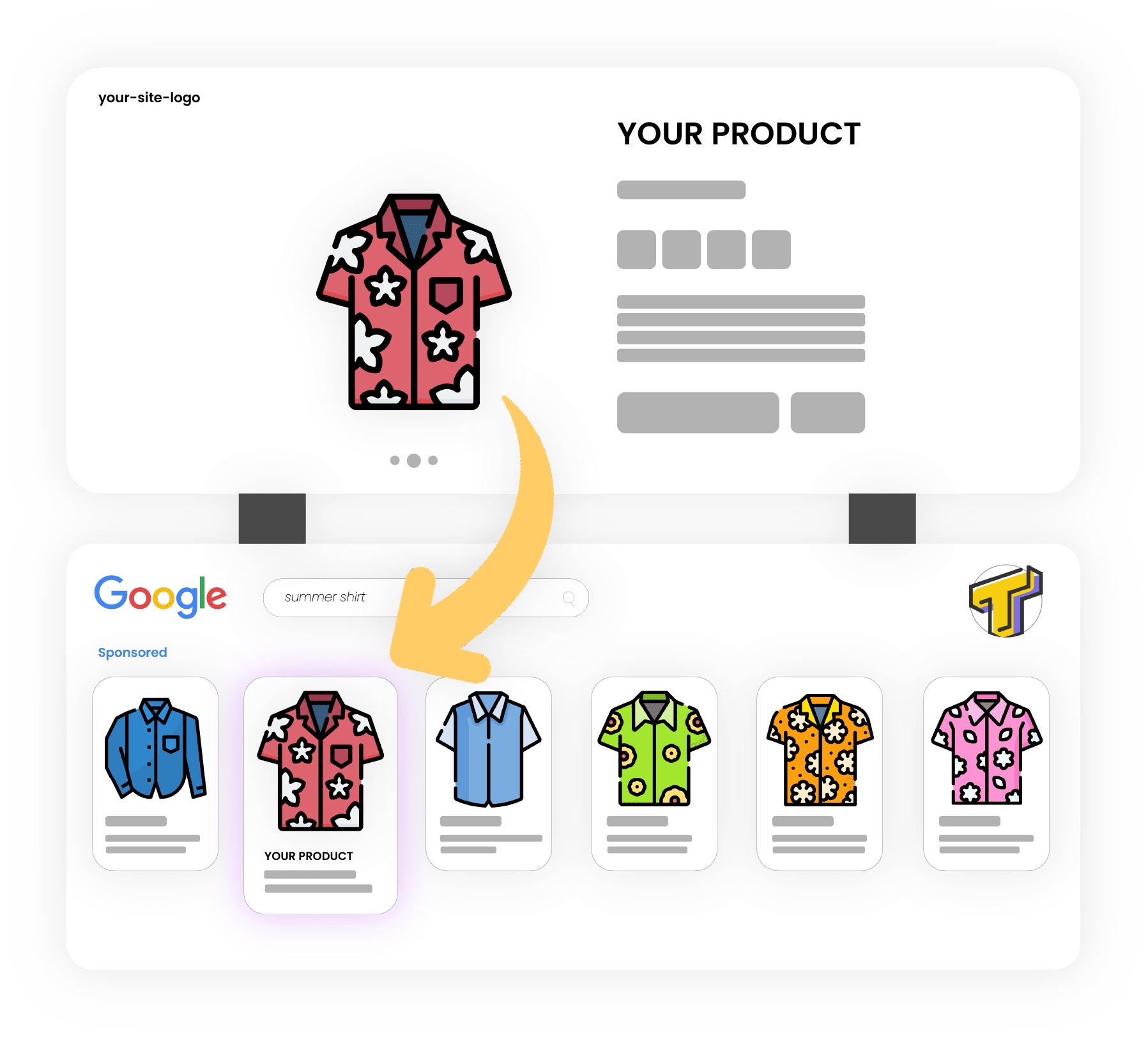

Google Shopping Feed Management
Enhanced Visibility
Optimizing your product feed ensures that your products are more visible to potential customers. Google Shopping relies heavily on product data provided in the feed to match search queries with relevant products. By carefully crafting your product feed, you can increase the chances of your products appearing in relevant searches, ultimately boosting your visibility and reach.
Improved Relevance
Relevance is key when it comes to Google Shopping. Optimizing your product feed allows you to provide accurate and detailed information about your products. This includes relevant keywords, comprehensive product descriptions, accurate categorization, and attributes such as brand, color, size, and more. The more relevant and comprehensive your product feed, the higher the likelihood of reaching the right audience and generating quality traffic.
Increased Click-Through Rates (CTR)
A well-optimized product feed can significantly impact your click-through rates. When users search for specific products, Google Shopping displays a range of options. By optimizing your product feed with compelling titles, high-quality images, and competitive pricing, you can entice users to click on your products over your competitors. This increased CTR not only drives more traffic to your website but also improves the overall conversion rate.
Enhanced User Experience
Optimizing your product feed leads to a better user experience. When users find accurate and relevant product information in Google Shopping, they are more likely to trust your brand and make a purchase. A well-optimized product feed ensures that customers have access to comprehensive details, making their shopping journey smoother and more satisfying.
![[removal.ai]_4974fa2c-ab6d-45cd-8313-427e2e266127 (1) (1) Google Shopping Feed Optimisation Journey - Truda.io](https://truda.io/wp-content/uploads/2021/04/removal.ai_4974fa2c-ab6d-45cd-8313-427e2e266127-1-1.png)
![[removal.ai]_4974fa2c-ab6d-45cd-8313-427e2e266127 (1) (1) Google Shopping Feed Optimisation Journey - Truda.io](https://truda.io/wp-content/uploads/2021/04/removal.ai_4974fa2c-ab6d-45cd-8313-427e2e266127-1-1.png)
Join us in our journey!
In the search of new ways to grow your business.
Our purpose is to label every online product in the world, propelling businesses towards greater profitability and success. By equipping businesses with effective labeling strategies, we empower them to thrive in the fiercely competitive digital realm. The result? Heightened customer loyalty, increased conversion rates, and amplified profitability.
Google Shopping Feed Optimisation
Google Shopping feed optimization can bring about two major benefits: increased exposure and improved campaign structure. The accuracy and amount of data you provide to Google can affect the ranking of your products, resulting in increased exposure. Your product feed serves as the foundation for your campaign structure. Without proper product types and custom labels, you cannot build an optimal campaign structure.
Improving the quality of your Google Shopping feed directly affects its relevancy, which in turn can lead to higher search rankings and increased exposure. While there is no visible “quality score” for your feed, the correlation between feed data accuracy and search performance is strong. It’s important to dedicate time to adding and updating values in your feed as frequently as possible to ensure optimal performance in the long run.
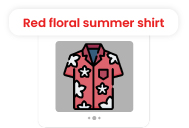

Accurate Product Titles
Craft clear and concise product titles.


High-Quality Images
Use high-resolution, visually appealing images
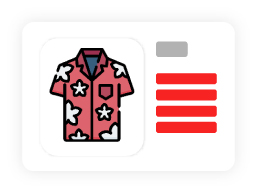

Comprehensive Product Descriptions
Provide detailed and accurate descriptions
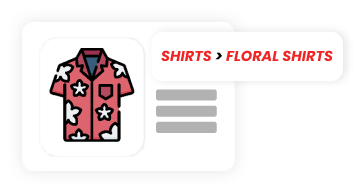

Optimized Product Categorization
Assign the most relevant categories
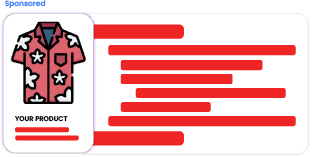

Structured Data Markup
Implement structured data markup
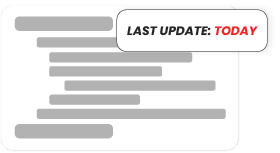

Regular Updates
Keep your product feed up to date
Most Important Feed Attributes
These attributes are either required or highly recommended for a successful Google Shopping feed submission.
ID
TITLE
DESCRIPTION
LINK
IMAGE LINK
PRICE
AVAILABILITY
BRAND
GTIN / MPN
CONDITION
ADDITIONAL IMAGE LINK
SALE PRICE
PRODUCT TYPE
GOOGLE PRODUCT CATEGORY
SHIPPING
Recommended, if applicable.
For example, in the fashion industry.
ITEM GROUP ID
COLOR
ADULT
AGE GROUP
GENDER
MATERIAL
SIZE
SIZE TYPE
IDENTIFIER EXISTS
Accurate Product Titles
Craft clear and concise product titles that include relevant keywords and key product attributes. Use descriptive language to entice users and differentiate your products from competitors.
Product titles are the single most important area that you can optimize in your feed. There is a very simple reason for this: the keywords in your product title are a prominent factor in determining which search terms your products will appear for.
The most important aspects:
- Add category and brand to product title.
- Add size, material, and other specifics.
High-Quality Images
Use high-resolution, visually appealing images that showcase your products from multiple angles. This allows potential customers to visualize the product and increases the chances of them clicking through to your website. Most advertisers ignore Additional Image Link or at least put less effort into it:
- At least 250 x 250 pixels for apparel images
- At least 100 x 100 pixels for non-apparel images
- No image should be larger than 64 megapixels
- No image file size should exceed 16MB
Comprehensive Product Descriptions
Provide detailed and accurate descriptions that highlight the key features, benefits, and specifications of your products. Use relevant keywords naturally and ensure the descriptions are free from errors or ambiguity. In recent years, the importance of creating accurate and detailed descriptions for your Shopping feed has significantly increased. While descriptions were once overlooked, they are now crucial in matching your products with relevant search queries.
The value of a description is all the long tail words that can be used to match the product with search queries.
Optimized Product Categorization
The reason for adding product types to your feed is to assist in the organization of your campaigns and analysis of their performance.
Our recommendation is to create levels of product types as follows: Level 1 > Level 2 > Level 3
Electronics > Cables > Lightning charging cables
This allows you to organize campaigns into “categories” and segment performance reports based on those categories. Later, when we talk about labels and TRUDA’s applied algorithms, you will see that analyzing products with High, Average, or No Revenue is done at the category level, so you can compare one Lightning charging cable with another, not with a TV or a phone.
A few tips:
- Verify that products are in the right category: Some ecommerce platforms put products in multiple categories. Avoid this, and clean it up if necessary.
- Clean up your product types: When dealing with duplicate or very similar product types, it is essential to combine them.
Combine the plural and singular forms of the product type into a single term. For example, use “shoes” instead of “shoe” and “shoes.” - Identify common synonyms for product types and choose a single term to represent them. For instance, if you have both “dining tables” and “dinner tables,” pick one term to describe the entire range of products.
Structured Data Markup
Implement structured data markup, such as schema.org, to provide search engines with structured information about your products. This helps Google understand your product data better, leading to improved visibility and click-through rates.
Custom Label Optimization
Custom labels have no impact on how Google rates your feed.
They can be used for two things: Analyzing performance & Structuring campaigns
TRUDA custom labels are:
Revenue Label (High / Average / Low / No Revenue and Other)
Analyzes product data from the preceding 30 days, from the Google Analytics 4 property account, to categorize them into distinct segments: High Revenue, Average Revenue, Low Revenue, No Revenue, and Other.
Price Range (e.g., 0-50, 50-100, 100-500, 500+).
The price range that brings the highest contribution can be identified, and a separate campaign can be run on it, or the underperforming price segments can be eliminated.
Google Conversion Rate (High / Average / Low / No Conversion Rate)
Evaluate and group products based on the efficiency of the conversion rate (conv. rate).
Trending Products (Upward / Downward trend) - based on Revenue.
Products labeled with “Upward Trend” are those that currently have sales and have not recorded sales in the past or have had very low quantities, indicating an upward trend. Products labeled with “Downward Trend” are those that had sales in the past but are currently not recording sales, indicating a downward trend.
Trending Products (Rookie / Influencer / Follower) - based on Clicks.
Products labeled as “Rookie” are those where the number of clicks in the last 14 days is equal to or less than 5, or where the number of clicks in the last 14 days equals the number of clicks in the last 30 days.
For products labeled as “Influencer”, they belong to the top 10% of clicks, indicating significant interest and engagement. Conversely, products labeled as “Follower” are in the bottom 10% of clicks, showing comparatively lower engagement levels.
Trending Products (Newcomer / Rising Star / Falling Star) - based on view_items.
Products labeled as “Newcomer” are those where the number of view_items in the last 14 days is equal to or less than 5, or where the number of view_items in the last 14 days equals the number of view_items in the last 30 days.
For products labeled as “Rising Star”, they belong to the top 10% of views, indicating increasing popularity and interest. Conversely, products labeled as “Falling Star” are in the bottom 10% of views, suggesting decreasing popularity and interest.
Promoted GADS (Super / Normal / Low / Not promoted)
Labeling products based on the number of clicks from the Google platform.
Promoted FBADS (Super / Normal / Low / Not promoted)
Labeling products based on the number of clicks from the Facebook platform.
Promoted ALL (Super / Normal / Low / Not promoted)
Labeling products based on the number of clicks from both the Google and Facebook platforms.
ROAS GADS (High ROAS / Normal ROAS / Low ROAS)
Labeling products based on the percentage of transactions or revenue associated with the Google Ads account you declare.
ROAS FBADS (High ROAS / Normal ROAS / Low ROAS)
Labeling products based on the percentage of transactions or revenue associated with the Facebook Ads account you declare.
ROAS ALL (High ROAS / Normal ROAS / Low ROAS)
Labeling products based on the percentage of transactions or revenue associated with both the Google Ads and Facebook Ads accounts you declare.
HERO / TOXIC Products
Labeling products based on value of generated revenue vs cost of advertising. HERO products are products that generate high revenue on a low cost of advertising. TOXIC products are products that generate very little or none at all revenue, while consuming a lot of advertising budget.
New Products
Labeling products based on the date of its first appearence in the products feed.
Identifying “New” products within a specific time interval allows you to efficiently manage separate campaigns for these products.
ROAS Range
Enables you to identify and group products based on the desired level of ROAS (Return on Advertising Spend), facilitating the creation of distinct campaigns for products that meet these ROAS standards. This metric is calculated based on the revenue generated from GA4 and the expenditures from your advertising platforms (Google Ads and Facebook Ads).
Margin Range (e.g., 1-3%, 3-5%, 5-10%, ... 20%+).
You can group and promote products based on the desired Profit Margin.
Benchmark (Below / Average / Above)
You can compare the prices of products from your catalog with those of other similar merchants. Then, you can group and promote your products with competitive prices compared to the market average.
Discount Ranges (e.g., 10-20%, 20-30%, 30-50%, ... 70%+).
Identify products based on the discounts offered for each product.
Size Label (Below 3 / Above 3).
Labeling products based on the number of sizes available for each product.
Irrelevant statistics
Products that have had only one order in the last 30 days.
Top Ordered
Top 10% of products found in the most carts.
Cart Label (high_add_to_cart / add_to_cart_no_purchase / views_no_cart)
Products with a high add-to-cart rate, products that have been added to the cart but not purchased, and products viewed but not added to the cart.
BIDxCPC - a special label created for managing bids on the Compari.ro platform
Combines two essential aspects: MaxCPCMultiplier and Revenue per product, giving you the ability to adjust bids for each product based on its performance.
Data cleaning
One thing that is frequently overlooked is cleaning the existing data in your feed.
Whether it’s the brand attribute being incorrect or five different ways of spelling the same category, there is always data to be cleaned.
Below are some of the most common examples of values that should be cleaned:
- ID
- Misspesllings
- Wrong use of capitalization
- Incorrect GTIN or added to the wrong attributes.
